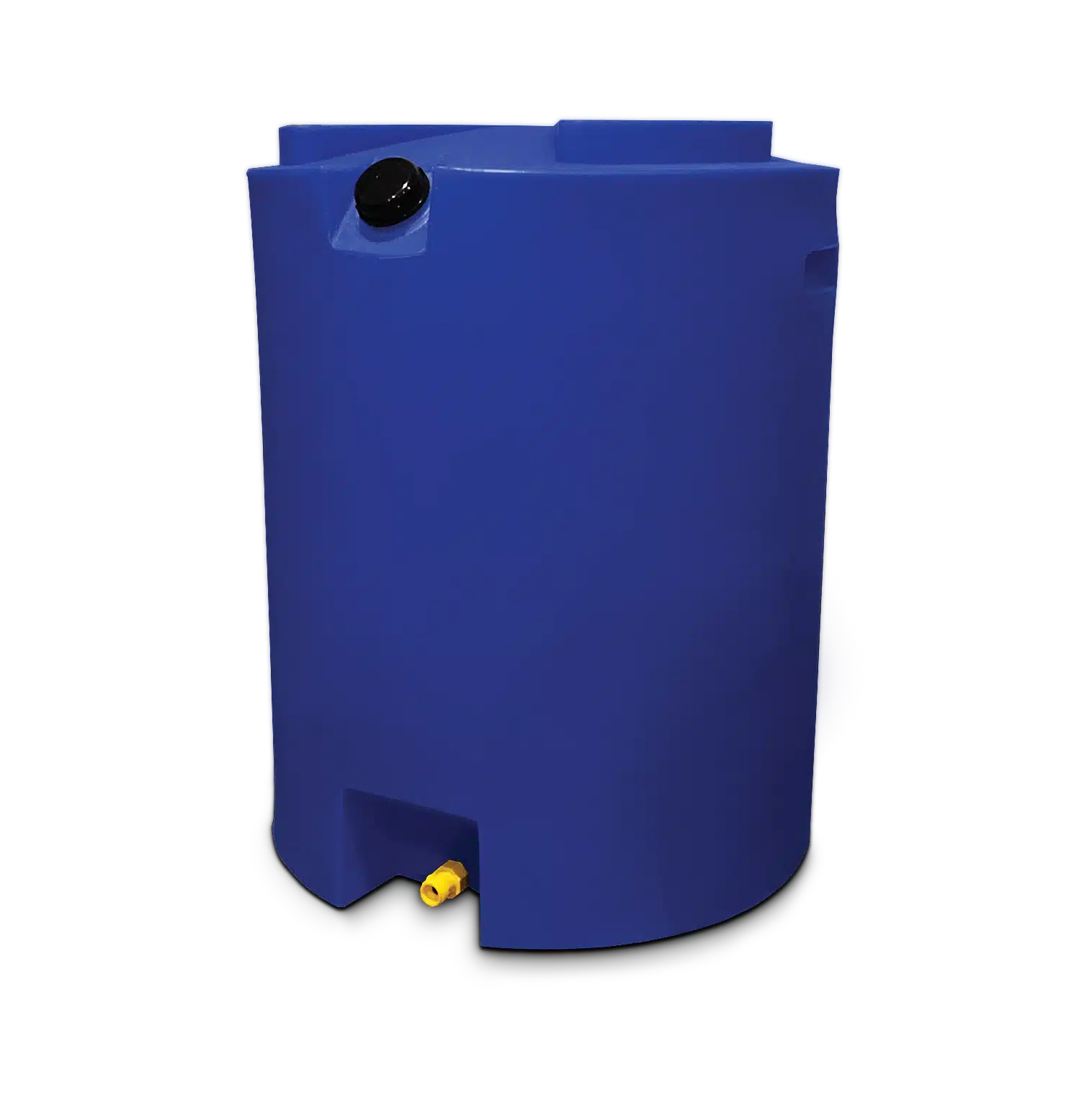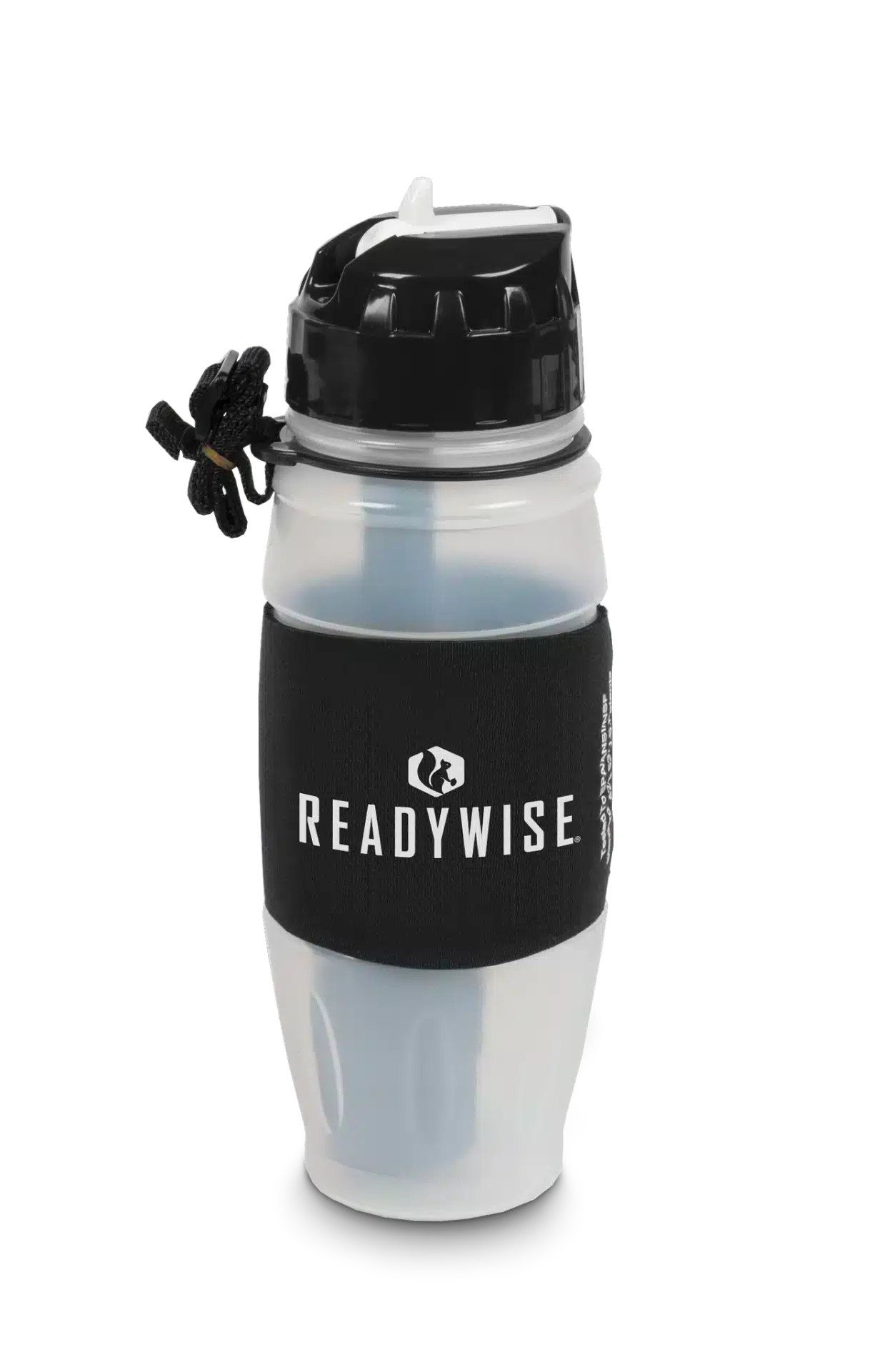When you purchase emergency food supplies, another ingredient to a healthy meal is necessary. It helps to store water or purchase cans rated for ten years or more to ensure you can re-hydrate your pouches, kits, and buckets.
Clean drinking water is one of the first resources to disappear during an
An unopened commercial bottle is the safest option for clean drinking water during an emergency. If you don’t have these supplies, you can make water safe to drink.
How Can I Make Water Safe to Drink?

Bring clear water to a rolling boil for at least one minute. If your home is 6,500 feet above sea level or higher, it needs to be boiled for three minutes. Allow it to cool, then store the fluid in clean, sanitized containers.
Although boiling is more effective, you can use chlorine dioxide tablets to kill the most harmful viruses and bacteria. Water can be disinfected with iodine, but people with thyroid problems and pregnant women should avoid that option.
Filtration is a fast and easy way to improve water quality. Pick an option with a small pore size to remove parasites. Then use UV light or solar disinfection methods to remove germs if the water isn’t cloudy.
As a final step, you can use bleach to disinfect water. The instructions vary, so check the label on your container.
How Much Water Do I Need to Store?
Each person needs at least one gallon of water per day for drinking and sanitation needs. The goal should be to store enough to last for at least two weeks.
If you live in a hot climate, have sick people in your family, or deal with unique medical conditions, consider storing more fluids. Observe the expiration date for store-bought water and replace your supplies from the tap or hose every six months.
Water must be stored in a food-grade container whenever possible that you’ve taken the time to clean and sanitize. Store it in a cool place out of direct sunlight or where toxic substances are present.
After placing the water in the container, you’ll want a scoop or device to remove it when some are needed. Never use your hands, as this can contaminate the entire container. Try to avoid touching any part of the insides with your body, so a ladle with an extended handle is an excellent investment.
When you have water, you have life. Get some containers to keep at home so that you can store some from the tap or use commercial solutions for your emergency food supplies.

